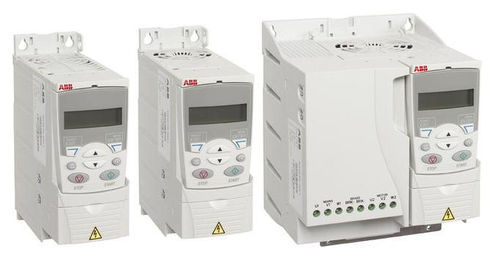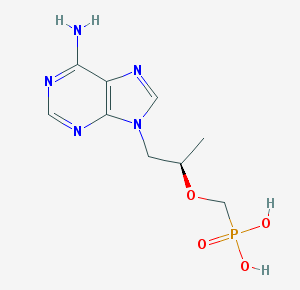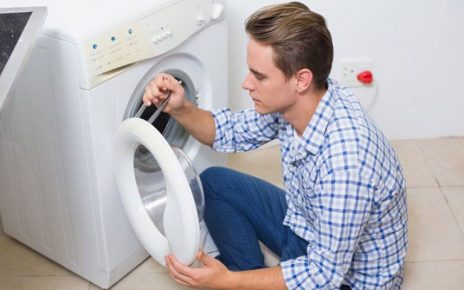Electrical motors are characterized by fixed torque and fixed speed, which is not proper for all processes. When it comes to speed control, a variable speed AC Drive is the right option as it allows controlling the motor speed so that it can be ramped up, down, or continuous. An asynchronous motor or induction motor is an AC electric motor. The electric current in this motor produces torque which is secured by electric electromagnetic induction from the magnetic field.
An AC drive can be used for controlling the airflow of a fan used in large heating or air conditioning systems. It can also be used to control the flow of water and chemicals when it comes to industrial processes. Let’s uncover how variable frequency drives can help save your energy and reduce operating costs.
Reduce Fan Speed
According to the affinity law, reduction in speed equals less energy consumption. It means by slowing a fan or pump to 80% flow, you can decrease the power consumption nearly by 50%. Getting ahead, when speed and flow are reduced to 50%, it will result in only 12.5% of the full speed power consumed. When you compare to normal flow reduction techniques such as valves for dampers, pumps, or guide vanes on fans (they serve to restrict flow), the area for savings becomes apparent.
Operating Factors before Control Savings
Operating factors are heavily associated with the power savings estimations. If a pump or fan operates to capacity, where the installation of a drive means that the AC drive would always be running at 100% speed, you will not save power. By using an AC drive, you can bank on the basis that the motor has not been developed to its full capacity and that flow can be exercised and implemented in the drive.
ROI within Two Years
There are many users who tend to see a payback on their AC drive investment. They want to get back the entire investment (drive cost + installation cost) – may be in less than 2 years for project justification. Many different assumptions can be made.
- Let’s say the life cycle of the air condition drive is 10 years.
- If we calculate the total installation and maintenance costs, they come equal to 20% of the drive’s initial purchase price.
Even with the most conservative estimates, savings in energy can allow payback in a period of much less than the 2-year benchmark. When using an AC drive on a pump or fan application instead of conventional flow controls, assuming a conservative 20% energy saving is reasonable to think.




